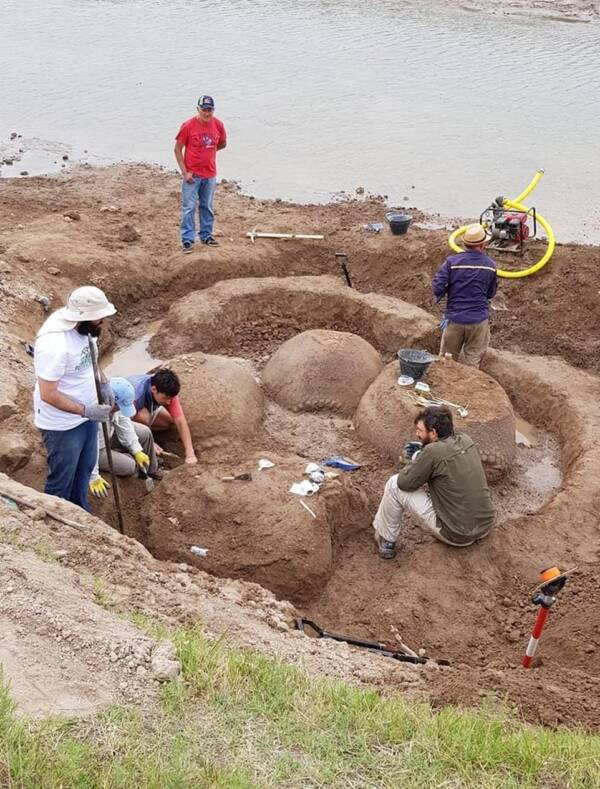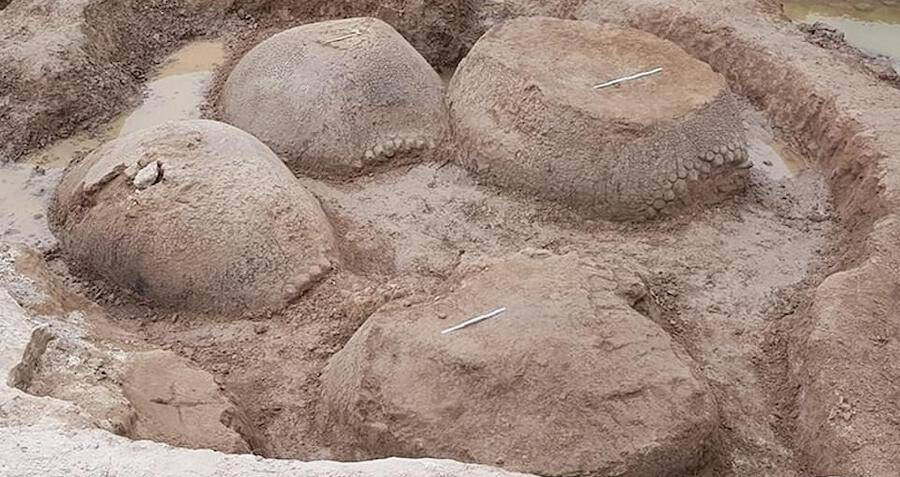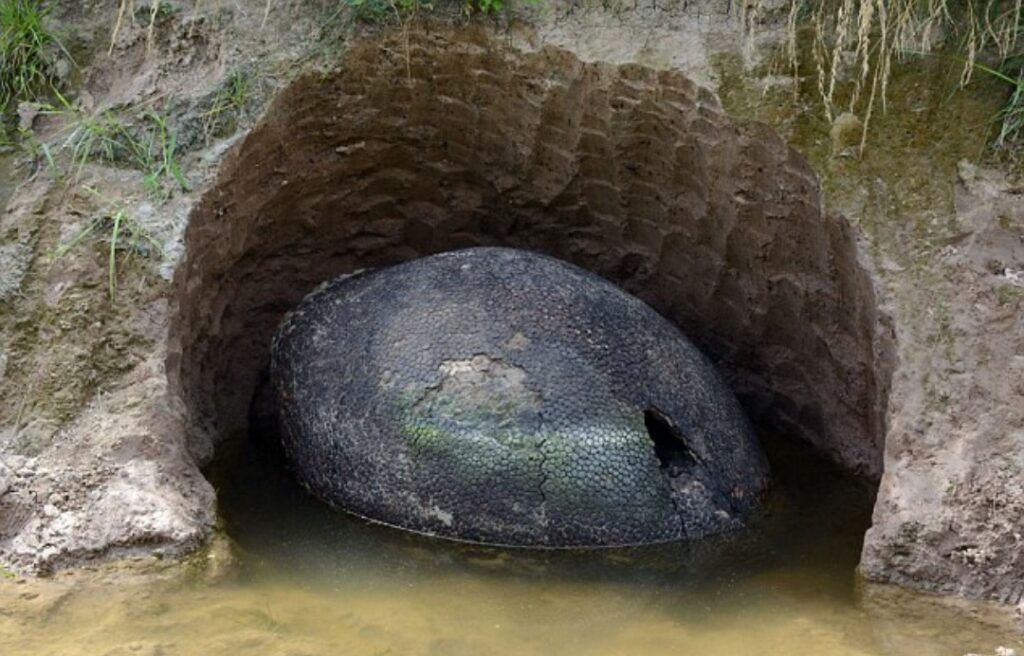Ancient Glyptodonts Discovered in Dried Riverbed

An Argentinian farmer has stumbled upon a remarkable discovery – the fossilized remains of four giant armadillos, known as Glyptodonts, that roamed the Earth around 20,000 years ago. The largest shell found is comparable in size to a Volkswagen Beetle, offering a glimpse into the prehistoric past of South America.
Unexpected Find Near Buenos Aires
Juan de Dios Sota, a local farmer, made the initial discovery while herding his cows near a river close to the Argentine capital. What started as two strange formations in a dried-out riverbed quickly turned into an exciting paleontological excavation.

Four Glyptodonts Unearthed

Paleontologists were thrilled to uncover not just two, but four Glyptodont fossils at the site. Pablo Messineo, one of the archaeologists involved, noted the rarity of finding four specimens in the same location. The group is believed to consist of two adults and two younger animals, all seemingly headed in the same direction when they perished.
Ancient Ancestors of Modern Armadillos
Glyptodonts, early ancestors of today’s armadillos, were impressive creatures that inhabited North and South America during the Pleistocene epoch. These animals were characterized by their robust, turtle-like shells composed of bony plates, with body armor reaching up to 5 feet in length and 2 inches in thickness. They also wielded their tails as formidable weapons, featuring a bony, sometimes spiked knob at the tip.

Previous Discoveries and Expert Insights
This isn’t the first time such a discovery has been made in Argentina. In 2015, another farmer, Jose Antonio Nievas, found a similar fossilized shell measuring 3 feet in length. Experts, including Adrian Lister from the Natural History Museum in London, have supported the authenticity of these finds, noting that such fossils are often exposed by the gradual erosion of riverbanks.

Ongoing Research
Further testing is planned to determine the precise age, sex, and cause of death of the recently discovered Glyptodonts. This remarkable find continues to excite the scientific community and provides valuable insights into the prehistoric fauna of South America.


